May 2025: Watercolor Wilds
I'm going to cry if it rains one more time.
In this month’s issue:
Artist Abigail Richardson challenges you to be like water and go with the flow
Baby coyotes are out! Will you see them? No, but they’re nice to think about
There’s bees in space (not actual bees… you just have to read this to find out)
Plus a few other nature notes.
I’m going to be honest with you: the same person who encourages you to go outside without hesitation, regardless of season, has been spending too much time inside.
It’s been a particularly wet spring in the Midwest — here in St. Louis, we received a record-breaking 10.84 inches of rain in April, and just because the calendar changed doesn’t mean the weather has. (It’s still raining this first week of May as I write.)
I’ve been able to reclaim some of my time outdoors in spurts, popping out to my garden to plant a few more vegetables between daily deluges, taking little umbrella walks, and hunting for garlic scapes and morel mushrooms despite the sprinkles (each time returning home drenched and empty-handed). But most of the past month was spent gazing out the window, watching lightning crackle through the sky and wishing for just one entire day with no rain. Everything is soggy and flooding. My belief I could ever live in Seattle is crumbling. I am done.
Yet, the woods are the lushest green I’ve seen in months. The dogwood trees around my house unfurled their pink-edged flowers, and the sunny, self-sowing yellow butterweed that would normally be yanked out of my tomato beds by now has reached a taunting 3 feet high. All that color has me feeling creatively called to make a little art inspired by what I see. Even if we can’t always be out in nature, we can bring parts of it inside — a lovely little mantra that works on the gloomiest of spring days.
Painting a Few Misshapen Trees May Give You A Dose of “Serenity Now”
We exist in a tumultuous timeline for art. On one hand, the internet has made sharing and learning about art more accessible than ever — I’ve discovered so many inspiring artists simply because an algorithm pushed them into my Instagram feed. But then there’s the feeding of and fighting against AI, a force that is glaringly devoid of human emotion as it “creates.”
What does this have to do with spending time outdoors? Art just so happens to be an incredible medium for quietly connecting with nature, if only we take the opportunity to sit down and create it ourselves. And more importantly, be OK with letting go of perfection. I spent a rainy April morning with artist Abigail Richardson, an abstract watercolor painter who recommends doing just that.
While we originally planned a little en plein air painting, a relentless downpour trapped us inside. Luckily, we got a hefty dose of inspiration from the dense, velvety greens and battered yellow wildflower blooms right outside my dining room window. It was the perfect backdrop for a crash course in watercolor painting.
“Painting is rest. You have to sit still. You have to be in the moment,” Abigail told me, and she was right. Trying to record the moody, rainy view couldn’t be done with an AI prompt or even with my phone. It required intricately observing the scene for longer than 10 seconds to take in the vivid colors Mother Nature had already swirled together before gliding my paintbrush to copy the scene.
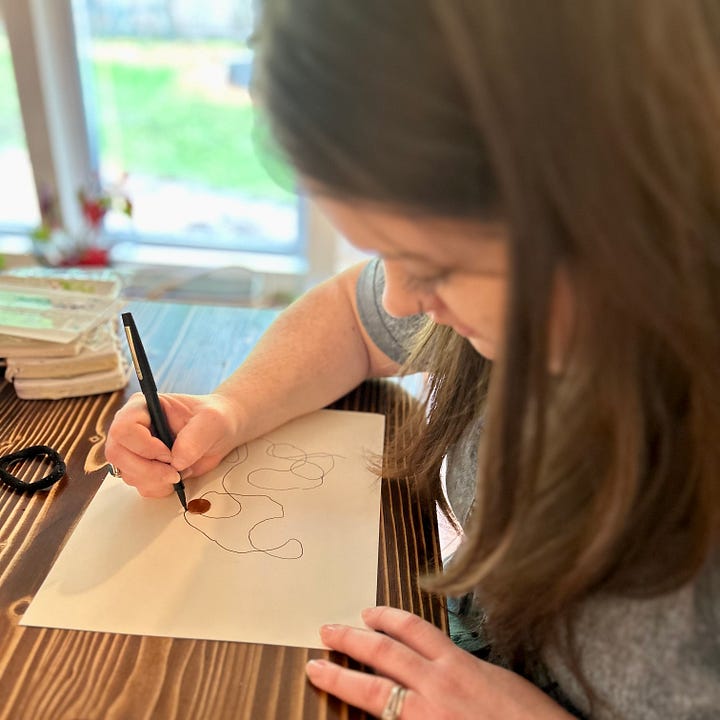
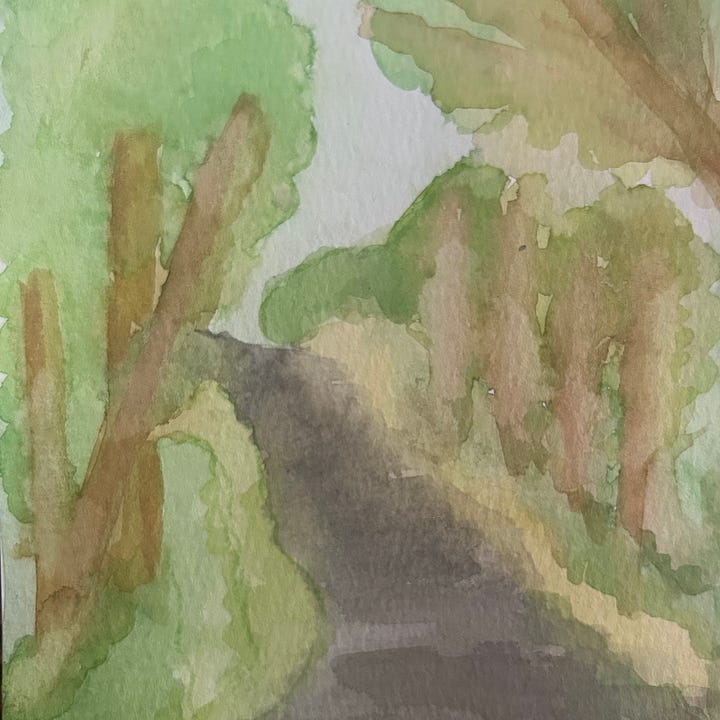
“You’re supposed to move with the water,” she said. “Be OK with letting it flow.”
Flowing from inspiration to actual art was harder than I’d realized, but mostly because like many dabbling artists, I couldn’t get out of my own way. Abigail advised me to do as our environment does, focusing less on producing a flawless rendering and more on the joyful process of doing. While she assured me I could get as technical as I wanted, the goal was to focus less on copying verbatim what I saw and more on following nature’s lead.
“Let go of control. That’s what our daily lives are like, and we’re trying to emulate organic inspiration. Every leaf you look at in nature is different,” she pointed out, reminding me that my work-in-progress wasn’t a photograph, but rather an interpretation of how I felt about that moment.
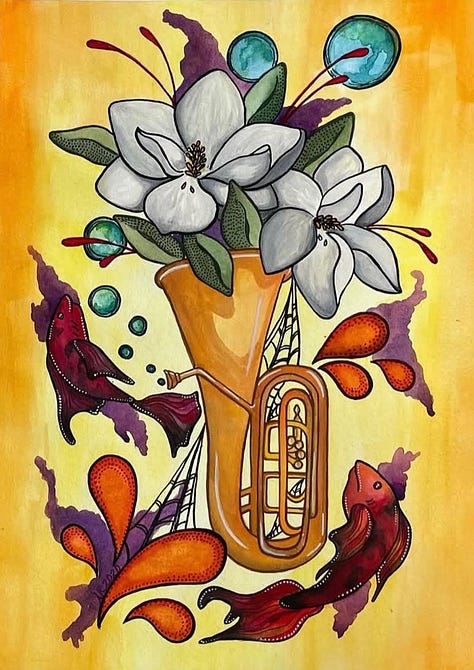

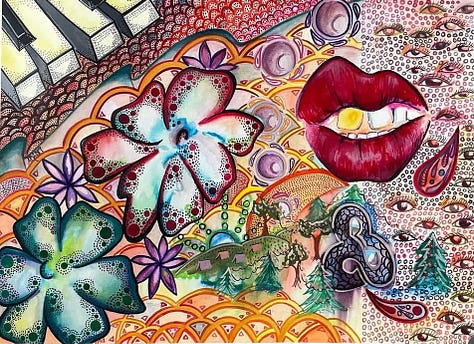
Many of Abigail’s pieces present a connection to the outside world. Fish, flowers, leaves, and other elements make their way into her abstract pieces where they communicate her very human emotions and feelings. They’re not always the primary focus, and they don’t have to be — while she doesn’t typically paint landscapes, natural symbols are a hallmark of her work.
“Nature just grows. It knows what to do, and sometimes when I don’t know what to do, I look for symbols in nature that inspire my art,” she told me. For her, nature’s resilience is a reminder to keep creating, rain or shine.
Abigail’s 3 Tips for Embarking on Your Own Watercolor Adventure
Start simple. Unlike other paint mediums, watercolor is relatively accessible to beginning painters. A paint palette can cost as little as $5, and beyond paintbrushes and watercolor paper, there’s not much else you need. Watercolor pencils are another inexpensive option that lets you sketch from anywhere (like a park bench) and add water when it’s more convenient.
Let nature’s palette lead the way. “Capture the colors you see first,” Abigail says. “Make sure the colors touch and see what they’re doing. You’ll get more comfortable.” If that still feels intimidating, start your watercolor exploration with red, blue, and yellow, or shades of just one hue.
Avoid the perfection trap. “The goal isn’t to paint something perfectly. Try to capture the inspiration of what you’re seeing out there.” With more practice, you can shift into sketching, and then, as Abigail says, you’ll be “wilding out.”
You can find Abigail Richardson and discover more of her art on Instagram.
🐸 Learn the difference between a frog and toad. While we’re waiting a few weeks more for pools to open for summer, many froglets and toadlets are emerging from cool creeks for a little time on dry land. Catching frogs is peak spring and summer nostalgia, and I’d encourage you to get close up with a friendly neighborhood amphibian this month. Frogs and toads are similar but have notable differences, so put some respect on their species by learning to spot them.
🐝 Look to the sky for daytime (and nighttime) bees. World Bee Day (May 20) is a great time to thank those little pollinators for all the hard work they do. The night sky will be giving its own salute to bees when the aptly named Beehive Cluster becomes visible after sunset. You’ll need darkness to spot this cosmic swarm of about 1,000 stars, which are faintly visible with the naked eye (binoculars or a telescope can get you a closer look). You can find the Beehive Cluster situated within the Cancer constellation, spanning about the size of three full moons.
🌼 Identify a new (to you) bloom. The first full week of May celebrates National Wildflower Week. Wild blooms don’t just look pretty — these untamable buds provide food and shelter to wildlife while their roots stabilize soil and stop erosion. Many wildflowers are also the basis of common medications — all solid reasons why the Lady Bird Johnson Wildflower Center has hosted this celebration since 1987. Checkout my tips for using tech to identify wildflowers in your neck of the woods.
🦜 The birds are (still) coming. It may sound like all the birds are back in town, though spring migration is still underway. Mid-May marks peak migration in North America, and by the end of the month an estimated 3.5 billion birds will have completed their overnight journeys in search of the perfect summertime spot. Help flying fowl successfully complete their trips by keeping exterior building lights off after 11 p.m., which prevents migrating birds from becoming disoriented as they travel after dusk. Checkout BirdCast’s migration chart to discover when migration peaks in your area.
🐕 What to Expect When You’re Expecting Coyotes. These medium-sized wild dogs get a bad rap, though we should cut them a little slack this time of year while they parent their rowdy packs in the wild. After pairing up in February, coyote parents — who typically mate for life and raise their kids together — welcome litters of four to seven pups in May. Don’t expect to catch a glimpse of these adorable fluff balls; coyote parents dig dens or place their pups in hollow tree stumps or existing burrows, making an already elusive species even harder to stumble across. By summer’s end, those pups will be up and running with the pack until they split off on their own at about 10 months old.
🗑️ You have permission to rip out this plant. Invasive garlic mustard (Alliaria petiolata) is entering its peak bloom season, which means May is the perfect time to release some tension by yanking it out of your yard, roots and all. Last month’s Outdoor Humans feature described this garlic-scented plant that produces dainty white flowers through early summer. Garlic mustard thrives in shaded spots and spreads through seed; each plant can produce more than 7,000 before dying off. Do your local habitat a favor and pull out any you find, disposing of the entire plant in paper bag in the garbage (never in compost, where its seeds can still spread).
An Outdoor Humans Anniversary
May marks one year of sharing nature adventures with you through Outdoor Humans! I’m so thankful for this tiny part of the internet, where I’m able to write about the connection I’m continuously building with the natural world — and more importantly, for the opportunity to inspire others to have some quality time out there, too.
I’m excited to hint that bigger Outdoor Humans projects are brewing, including a personalizable nature journal that will help you track your time outside. More details to follow in the months to come!
That’s it for this month’s edition of Outdoor Humans. Thank you for reading, sharing, and supporting outdoor exploration. As always, keep your wits about you, and go the heck outside.
Nicole Garner Meeker
Art notes: This month’s feature art comes from New Theory of Colours (1808) by Mary Gartside and A Class-Book of Color (1895) by Mark Maycock.
Have a nature question?
Your inquiry may be published and answered in a future
issue of Outdoor Humans. Have you subscribed? Clickety click, my friend.
Or share with a friend who needs to go outside and touch grass.


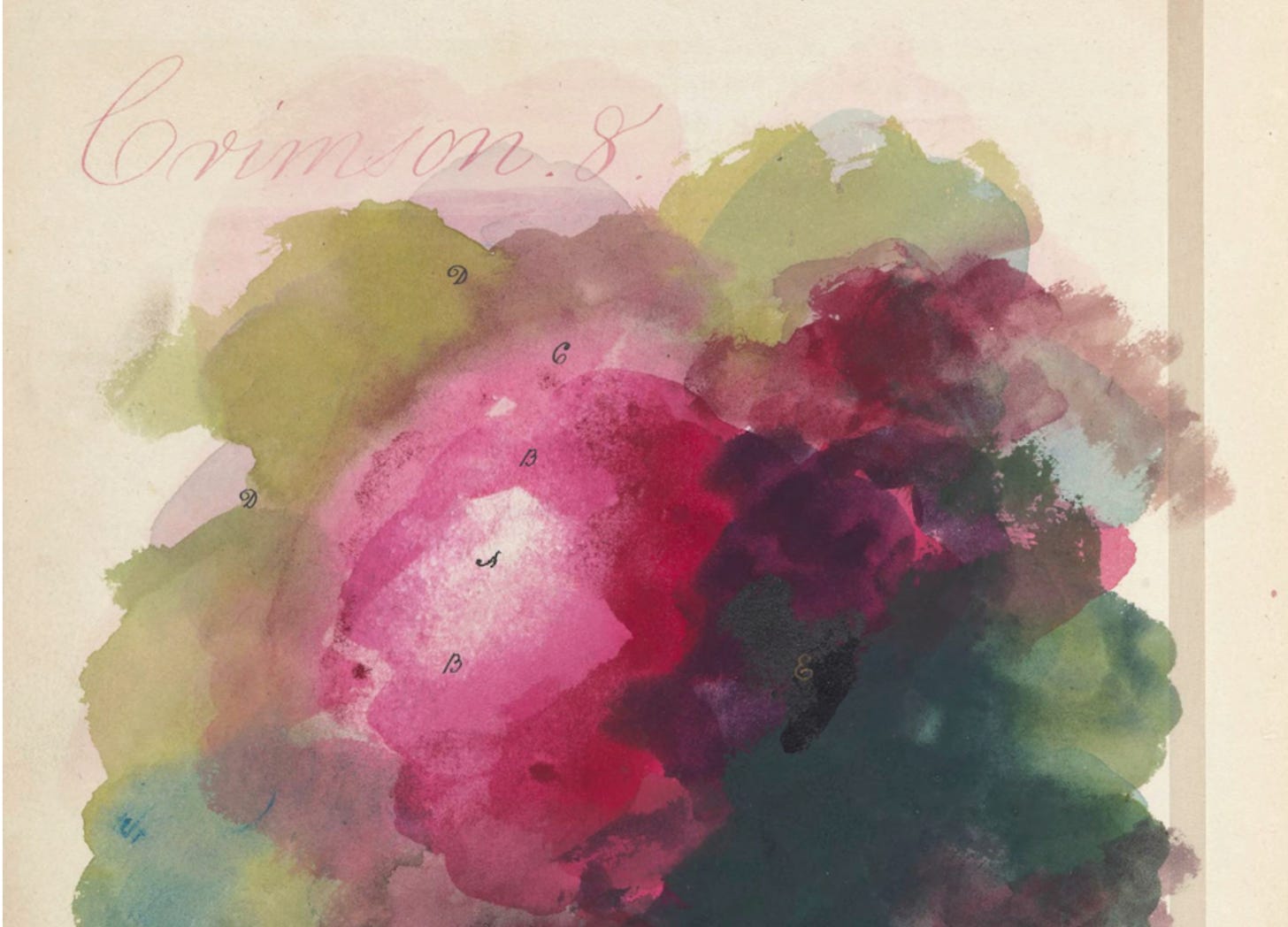

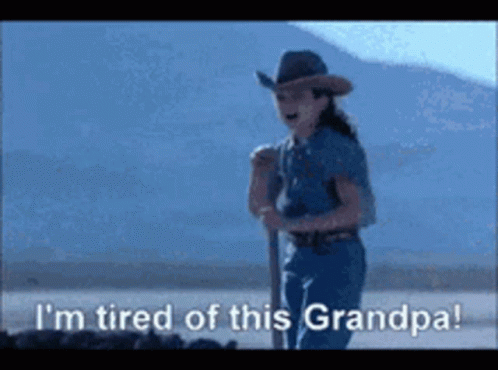


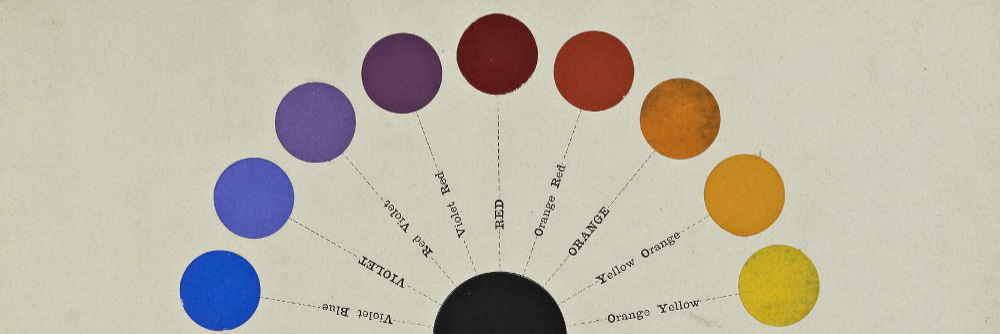


Excellent article on art n nature! A great book to read on this topic is "The Zen of Seeing" by Frederick Franck which describes drawing /art as a means to really see n connect with our world.